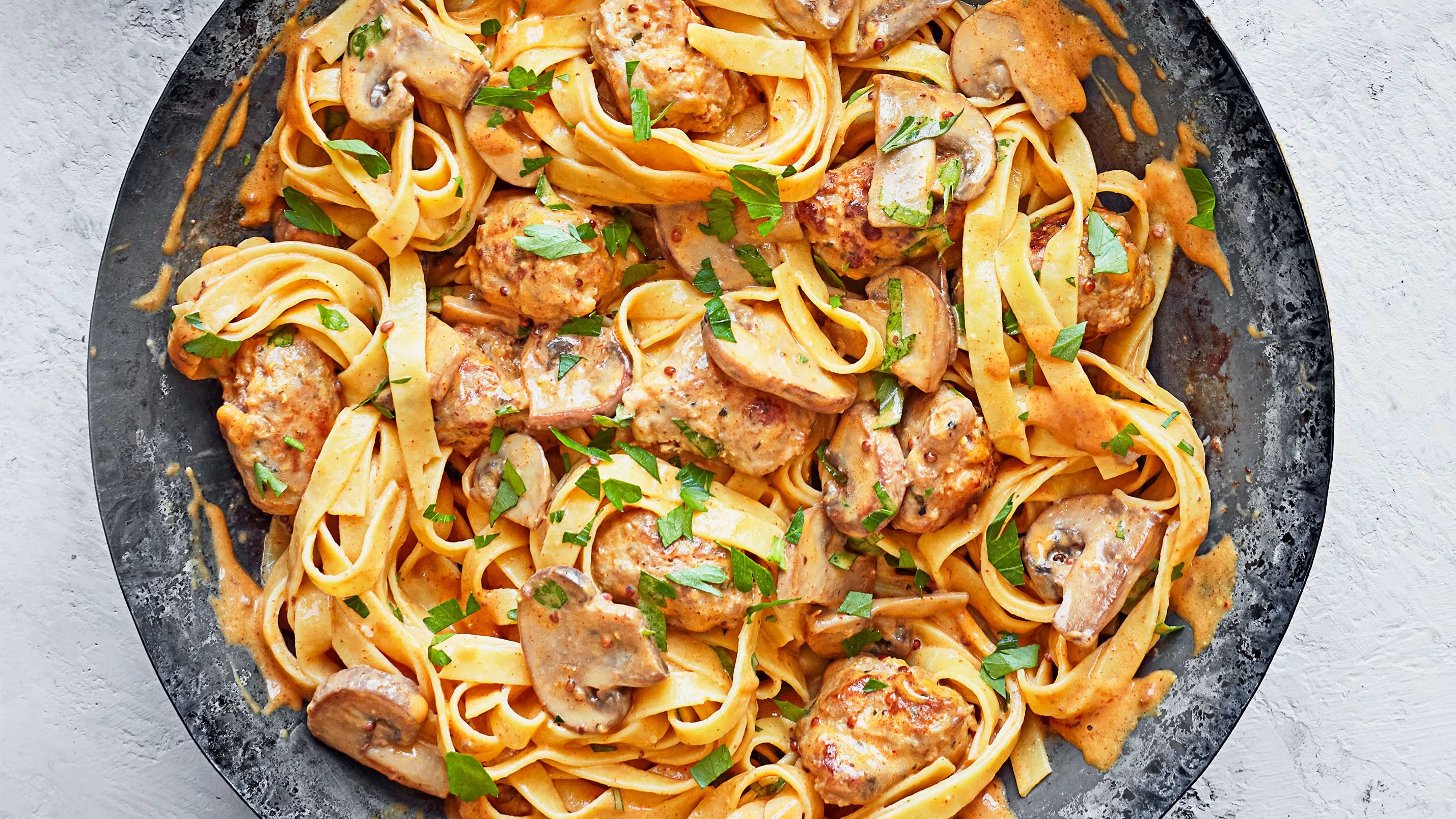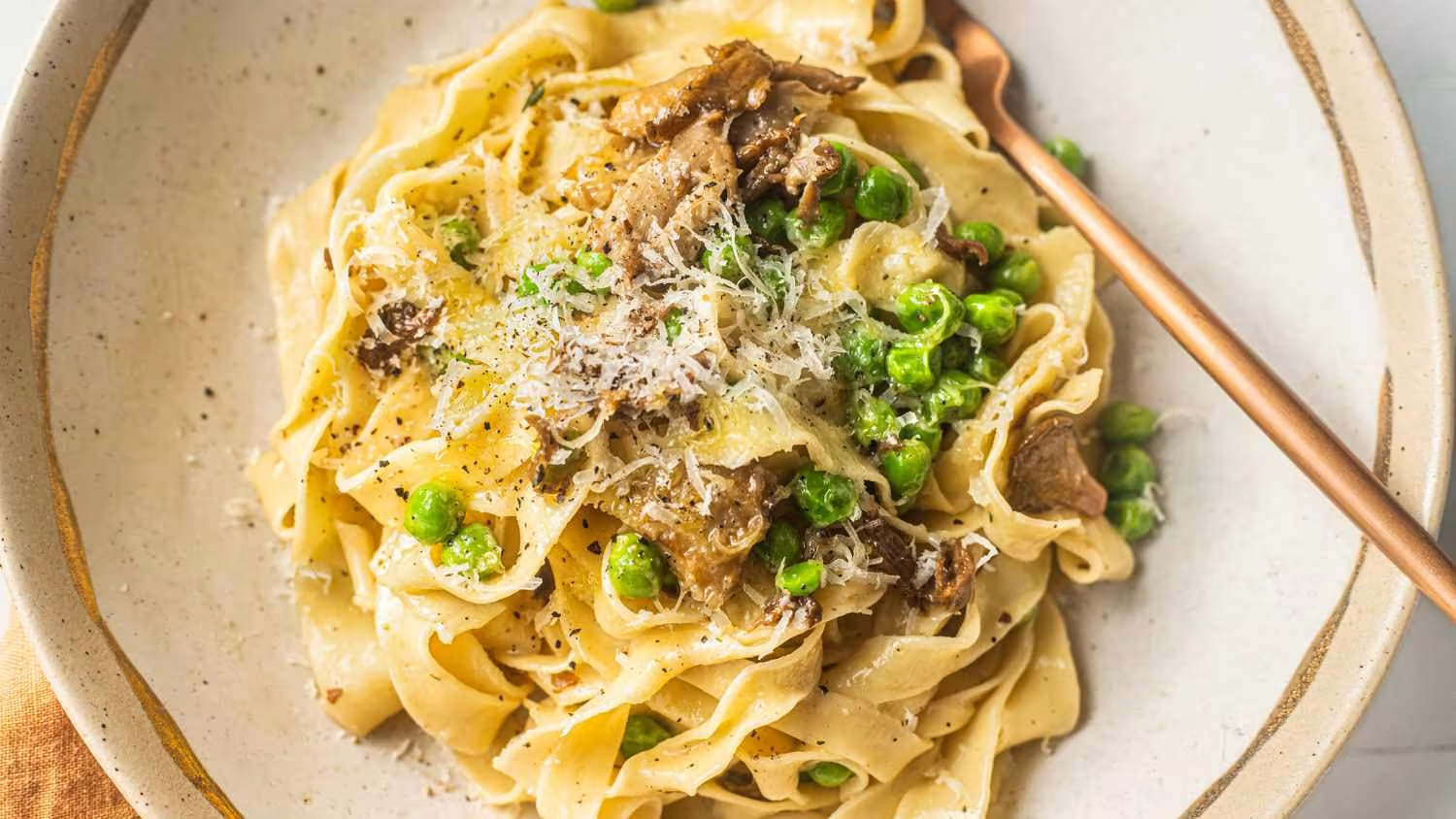
Delicious Homemade Tagliatelle Recipe: A Step-by-Step Guide to Perfect Pasta
Written by Jessica Lopez
Published at 10-06-2023
Edited on 04/08/2025 | 10:08 AM
Pasta DishesCourse: Main Course
Cuisine: Italian
Difficulty: Easy
Servings
4 servings
Prep Time
30 minutes
Cooking Time
15 minutes
Total Time
45 minutes
Fat
7g
Protein
12g
Carbs
60g
Calories
350 kcal
Tagliatelle is one of the most beloved pasta varieties, celebrated for its wide, flat shape that beautifully holds sauces. Originating from the Emilia-Romagna region of Italy, this fresh pasta is perfect for a variety of dishes, from creamy Alfredo to rich ragù. Making tagliatelle at home is not only fun but also allows you to customize the flavor and texture to your liking.
This easy tagliatelle recipe will guide you through each step, ensuring you achieve that delightful, al dente perfection every time. Whether you’re a seasoned cook or a kitchen novice, this recipe is designed to inspire confidence. With just a few simple ingredients—flour, eggs, and a pinch of salt—you can create fresh pasta that rivals any Italian restaurant. Plus, making tagliatelle from scratch is a wonderful way to impress family and friends at your next dinner gathering. In this post, we’ll explore the origins of tagliatelle, share tips for achieving the perfect dough consistency, and guide you through the rolling and cutting process.
You’ll also discover delicious sauce pairings that will elevate your homemade pasta to new heights. So roll up your sleeves, dust off your countertop, and get ready to embark on a culinary adventure that will transport your taste buds straight to Italy. Let’s dive into this delightful tagliatelle recipe and make some fresh pasta magic!.


